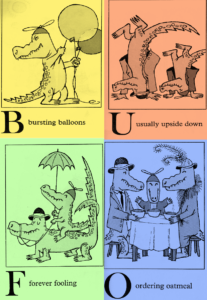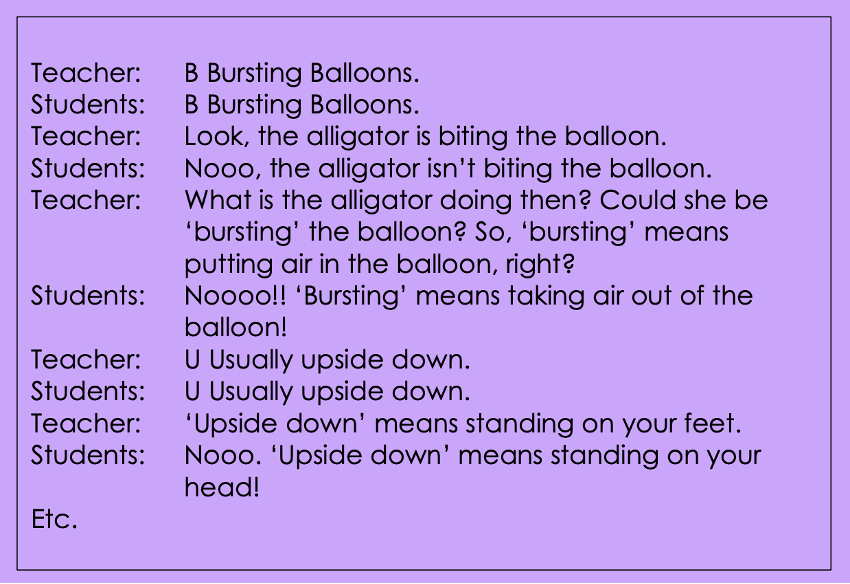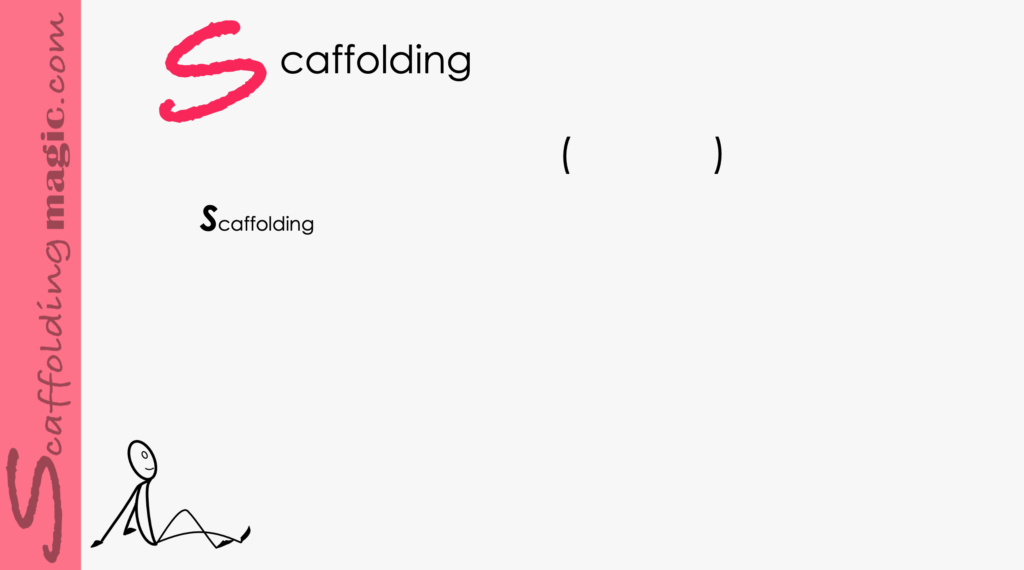You caught a beauty!!!
Download PDF of scaffold here.

Download PDF of scaffold here.
theory behind scaffold…
The use of textbooks is a controversial topic in education. Especially at pre-school level. Are textbooks necessary for young learners? Do they benefit or constrict learning? Do offering structure to the school year or are they developmentally inappropriate for this age-group?
The matter is complicated at Pre-School level. Many countries follow the psychology of abstinence of any reading-writing programs before children are 7-years-old. As an organisation, the Waldorf school follows this philosophy – based on solid science – planning their overall curriculums – from Pre-School to High School – based on a seven-year developmental cycle. For Pre-Schoolers, this means that, while students are exposed to high-level linguistic environments, there are no publishers’ books for reading or writing until they are in their second year of Primary school.
Instead of textbooks in Pre-School, one of the easiest ways to deepen learning is through critical thinking techniques, and one of the simplest techniques you can use for critical thinking is Lower- and Higher-Order Thinking Questions. By sectioning off a questioning period that begins by establishing solid facts, and then giving our students the opportunity to process that information through questions framed with Higher-Order Thinking Questions, we ca enable our students to activate deeper, more creative, more lateral, and more diverse thinking, and so reach conclusions they had not even imagined before the dynamic began. If we present these questions through reverse psychology*, the dynamic becomes even more effective.
There are informal ways to use the Question Continuum in any moment of the day. Pre-School is an optimal moment to challenge students logic and encourage them to question what they are being told. If you give your young learners the platform to have to justify another side to an argument, you are helping them to develop critical discerning skills from a very young age.

- Reverse psychology is actually: a method of getting another person to do what one wants by pretending not to want it or to want something else or something more. This scaffold uses a very loose use of the term. We’re just trying to engage our students in an activity by presenting absurd possibilities so they have to find a way to refute this absurdity and propose others. Play along!
step by step…
1. Choose images from a song, dance, maths lesson, or print screens from a video you are about to watch. In this case, we’ve chosen images from Carol King’s inspirational rendition of Maurice Sendik’s Nutshell Library series, beginning with Alligators all Around.

2. Before you present the images, think about and/or write questions about them. Make statements that are obviously not true so your students will hear the academic language about the image, but through observation and logic, will be able to refute the statement and verbalise what is more appropriate. (Example on the left.)

- Go through all the images until you are satisfied that your students understand a good quantity of the academic language, Repetition for Pre-Schoolers is the golden rule, so don’t worry if they don’t remember or can process all the information. Every time you repeat the activity, they’ll remember more.
- Formative Assessment: Make gestures of different actions the alligators do in the song and your students verbalise what the action is.
- Reflection: Ask students whether they liked having to correct you. You want them to be conscious of the fact that you were encouraging them to think critically. They won’t understand the activity in these terms, but we want to create more conscious learners, and asking them questions about the learning process is the beginning of helping them to become aware that they are learning and not just playing all the time.


Scaffoldingmagic.com is your entryway into DYNAMIC bilingual learning methodologies, such as Phenomenon-Based Learning, CLIL, EMI, and ESL. You’ll find ways to implement critical thinking tools (DOK) to promote higher level thinking, the growth mindset, instill an ethic of excellence, deep reflection on learning, and all through multi-cultural, interdisciplinary activities. We have the keys to turning competences into action and to creating collective efficacy in your school so you move ahead as a unified, enthusiastic team.



